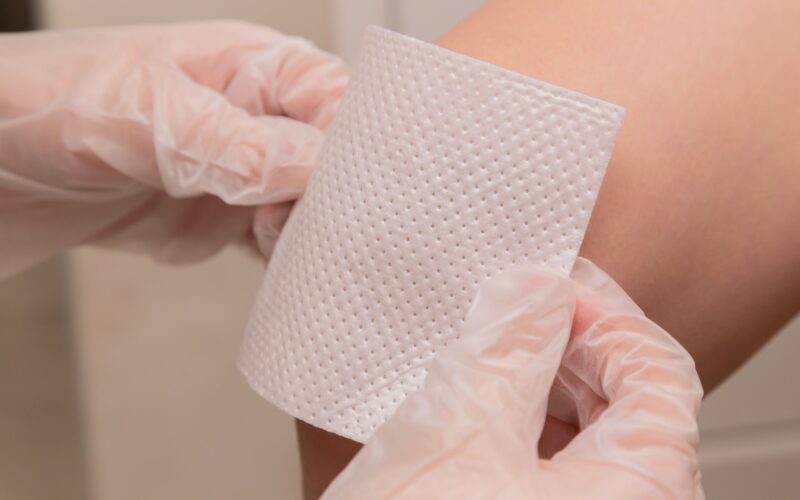Primarily, knee water occurs when fluid builds up in or around the knee joint. In this sense, this condition may be referred to by your doctor as a knee effusion.
Trauma, overuse injuries, an underlying disease, or a condition can cause a swollen knee. Soon, you may be asked to test a sample of the fluid for infection, disease, or blood from an injury to determine the cause of the swelling.
Then, removing some of the fluid may help relieve the pain and stiffness caused by the swelling. Soon, Treatment can begin as soon as the cause is identified.
What are the symptoms of water on the knee?
Knee water almost always affects only one knee. Thus, you may feel heaviness in the joint, and it will appear more swollen compared to the other knee.
Other signs and symptoms are as follows:
- Swelling and redness of the skin around the stiffness of the kneecap.
- Difficulty bending the leg.
- Pain and tenderness in the leg, especially when you put weight on the knee.
- Water in the knee can make it difficult to walk, climb stairs, or perform other daily activities.
What causes water in the knee?
There are many reasons that can cause fluid to build up in your knee joint. The following are some of the most common injuries and health conditions:
Arthritis
Osteoarthritis, rheumatoid arthritis, and gout are all types of arthritis that can cause irritation of the knee and accumulate excess fluid around the knee joint.
Osteoarthritis is a degenerative form of arthritis that occurs when the cartilage in a joint wears away.
Rheumatoid arthritis is an autoimmune disease that causes inflammation of the synovial lining of the joints.
The cause of gout is the formation of uric acid crystals in your joint, which irritates the soft tissue that lines and protects your joints.
Ligament injuries
Ligament injuries such as sprains can also precipitate the condition.
Ligament tears and sprains are common sports injuries caused by twisting or bending a joint in an abnormal direction.
Besides these two main causes, other causes are by Infections and Tumors.
What are the risk factors?
- Obesity: Being overweight puts additional stress on the knee joint, contributing to tissue and joint overload and degeneration of the knee, which can result in a swollen knee.
- Age: As you get older, your chances of developing a swollen knee due to arthritis increase.
- Sports: People who play sports that require twisting the knee, such as basketball, are more likely to suffer knee injuries that cause swelling.
What is the treatment for Water in the knee?
First and foremost, treatment will be determined by the cause of the water, which may include:
- Antibiotics, if you have an infection.
- Anti-inflammatory drugs and painkillers
- Oral corticosteroids or those injected directly into the knee joint to relieve pressure.
- Arthroscopy is a procedure in which a lighted tube is inserted into the knee joint to help repair damage to the knee.
- Physical therapy is used to increase the flexibility and strength of the muscles surrounding the joint.
However, if other treatments do not improve your knee joint, surgical removal of the bursa sac may be necessary. However, For the most severe cases, knee replacement surgery is an option.










